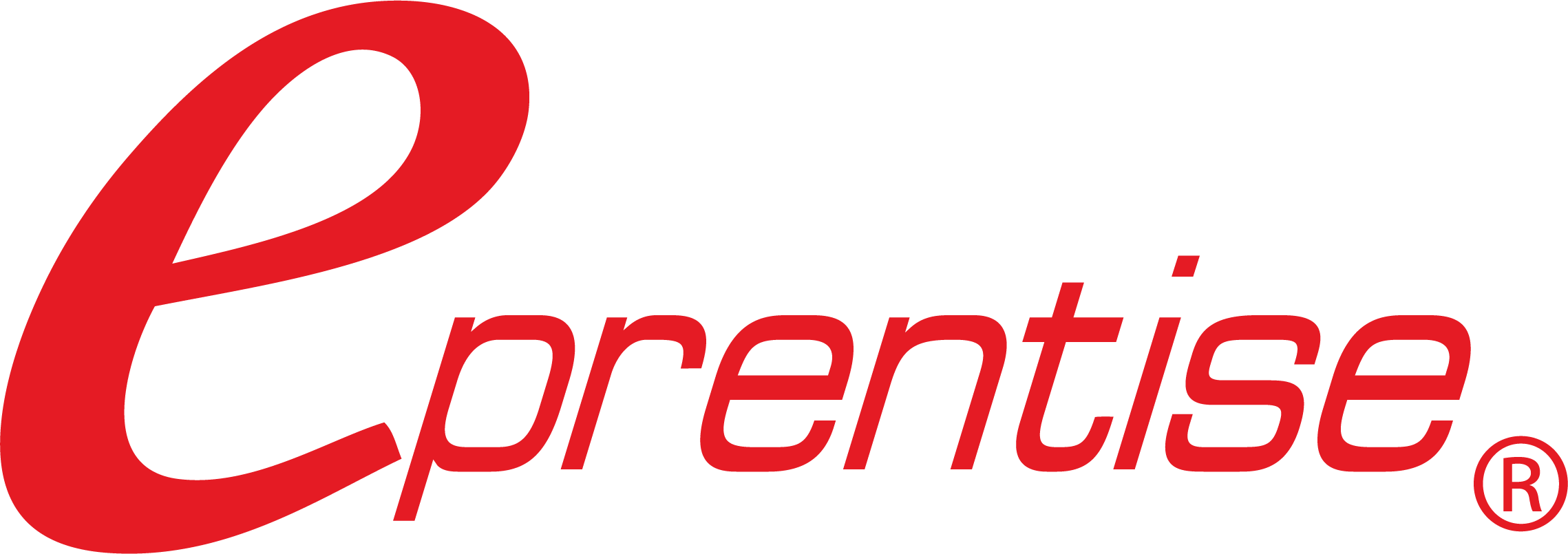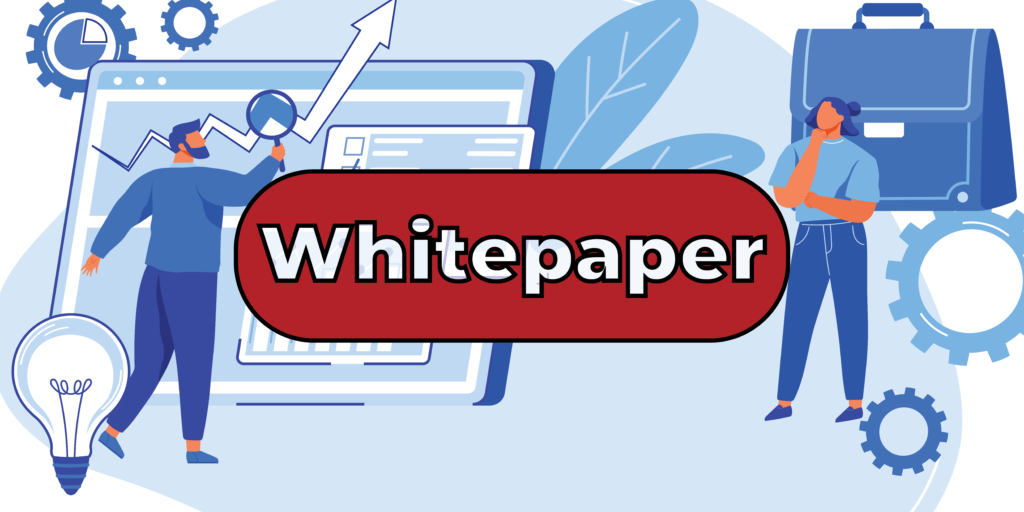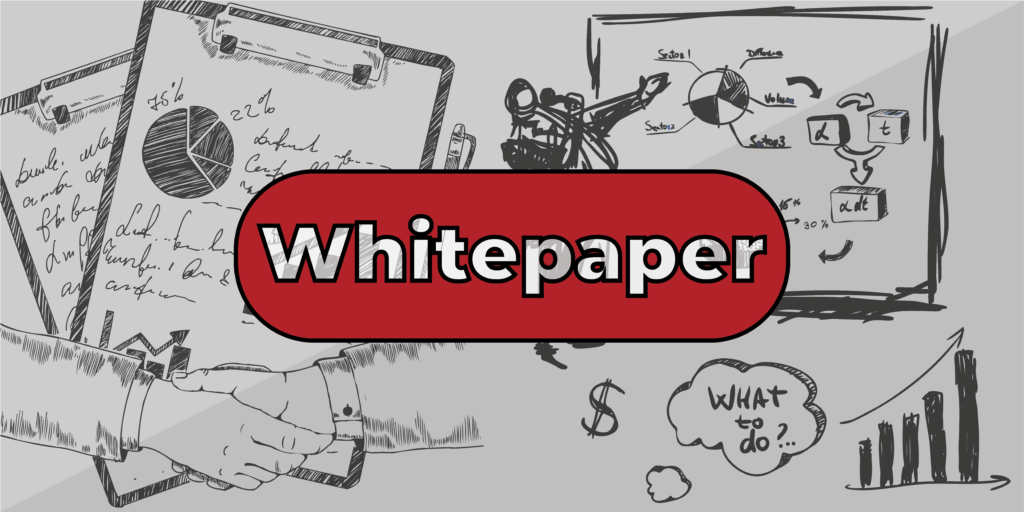In Part I of this two-part series we looked at why nearly 90% of mergers go awry and what must be done to ensure that M&A deals achieve maximum value. As discussed previously, regardless of merger type (coexistence, absorption, or synthesis), priority should be given to customer-facing processes vital for supporting the company’s customer service, vendor/distributor […]
Tag Archives: Mergers Acquisitions & Divestitures
There are few things that generate excitement and speculation like the announcement of a business combination. Almost without exception, the management promise of every merger and acquisition is to increase stakeholder value. However, it seems that this is not what typically happens. As evidenced by a 2019 survey by Deloitte, 40 percent of survey respondents […]
There are many reasons for separating data – each has its own challenges and business considerations. The first step in the process is to determine the business requirement, then find the relevant data, determine the criteria for filtering the data out, and determine what happens to the filtered data. Suppose for example, that you want […]
The acquisition has been announced. Company A is going to sell the B part of its business to Company C. The entire organization is trying to complete the close in a very short window. The regulatory team needs to file all the paperwork set up the new legal entities and the change in ownership. The […]
Under FASB 141-Business Combinations, prior to 2009 merger and acquisition (M&A) transaction costs could be capitalized and recorded as part of the purchase price. Effective in 2009, FASB 141-R Business Combinations (later codified as ASC-805-10) mandates that direct M&A transaction costs now need to be treated separately from the business combination and expensed as occurred. […]
Automation continues to transform whole industries – and finance and audit are no exception. Specific to the financial audit, most of the high-volume, routine, non-judgmental activities in real time are being transformed by software, leaving audit professionals more time to do what they do best: analyze results and make expert judgement calls. This webinar focuses on the framework and standards under which audits are currently conducted, and will showcase real-world examples where automation streamlines workflows to transform the entire audit process.
Automation continues to transform whole industries – and finance and audit are no exception. Specific to the financial audit, most of the high-volume, routine, non-judgmental activities in real time are being transformed by software, leaving audit professionals more time to do what they do best: analyze results and make expert judgement calls. This webinar focuses on the framework and standards under which audits are currently conducted, and will showcase real-world examples where automation streamlines workflows to transform the entire audit process.
Automation continues to transform whole industries – and finance and audit are no exception. Specific to the financial audit, most of the high-volume, routine, non-judgmental activities in real time are being transformed by software, leaving audit professionals more time to do what they do best: analyze results and make expert judgement calls. This webinar focuses on the framework and standards under which audits are currently conducted, and will showcase real-world examples where automation streamlines workflows to transform the entire audit process.
Automation continues to transform whole industries – and finance and audit are no exception. Specific to the financial audit, most of the high-volume, routine, non-judgmental activities in real time are being transformed by software, leaving audit professionals more time to do what they do best: analyze results and make expert judgement calls. This webinar focuses on the framework and standards under which audits are currently conducted, and will showcase real-world examples where automation streamlines workflows to transform the entire audit process.
Automation continues to transform whole industries – and finance and audit are no exception. Specific to the financial audit, most of the high-volume, routine, non-judgmental activities in real time are being transformed by software, leaving audit professionals more time to do what they do best: analyze results and make expert judgement calls. This webinar focuses on the framework and standards under which audits are currently conducted, and will showcase real-world examples where automation streamlines workflows to transform the entire audit process.







